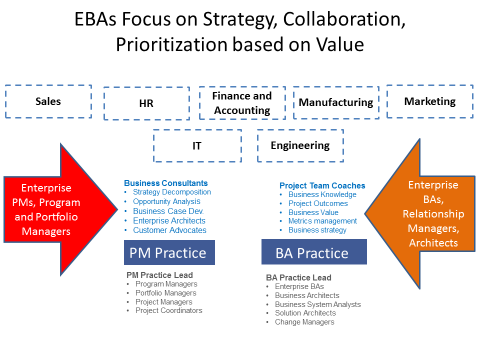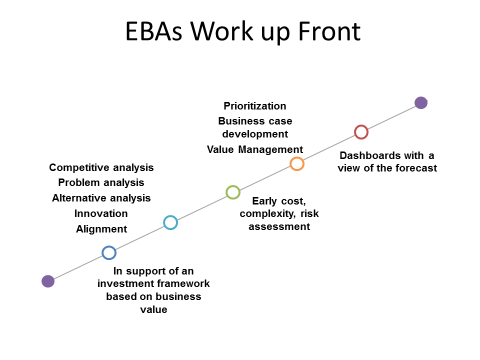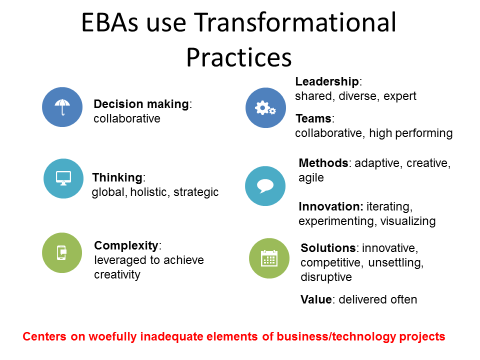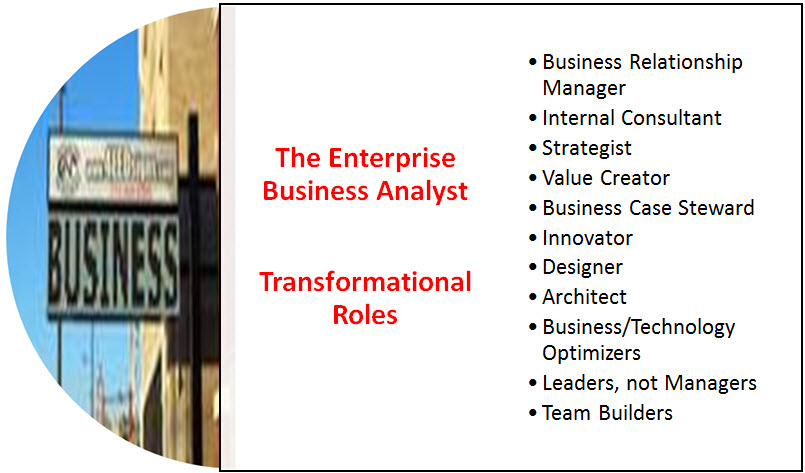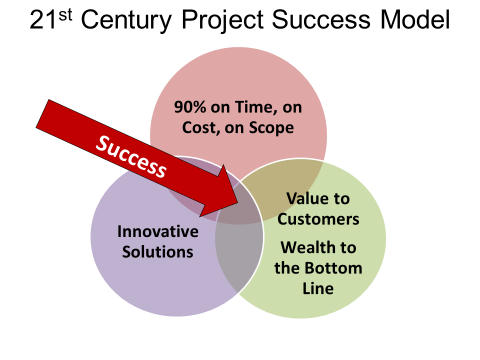Your Backlog Might Be Broken If…Part 1
How does your team build and manage their backlog? Is your current process working well or does your backlog need a reboot?
One of the most overlooked factors of team success or failure is the health the backlog. Success or failure often hinges on the amount of love and attention an organization gives to their queue of needs, features, feedback, bugs, and enhancements.
I am concerned that teams and organizations continue to focus too much on getting items developed faster vs. developing the right items—the items that add the most value to the organization. Traditional and Agile teams alike are experiencing these challenges.
Poor backlog management yields inefficient and ineffective projects/iterations/sprints/releases, and ultimately less value delivered overall. If you neglect your backlog and let it wander off, unattended, into the crowded project circus, it will dart to and fro distracted by every bright shiny object. Your team’s sense of direction will suffer, objectives will be murky, requirements will churn and value will be lost.
Successful teams give their backlog lots of TLC. They approach their backlog with strategic purpose—continuously reevaluating what’s most important and shifting it to the front of the queue. The items in the queue shift and evolve, but the overall goals and objectives are clear, the process is transparent, and teams gain efficiency.
Strong backlog management practices:
- Keep teams focused
- Deliver value quickly
- Inspire innovation and creativity
- Mitigate negative risk
It can be quite difficult for organizations to assess objectively the health of their backlog management processes and even more difficult to implement changes. These processes are often unwritten and entrenched years of evolving organizational politics, culture, and values. But admitting you have a problem is always the first step, so I’ve identified a few indicators that might shine a light on your broken backlog. Read and ponder the first two indicators this month and I’ll give you a few more to think about in Part 2 next month!
Related Article: 7 Habits of Highly Effective Business Analysts
Your backlog might be broken if…it is not prioritized.
How does your backlog get prioritized? What criteria are used? A healthy backlog delivers only the right work at the right time to the team. The most important things need to slide to the top and should be prioritized by value to the organization.
Prioritizing the backlog in traditional and Agile environments entails elicitation, analysis, and decision-making. As BAs and PMs, we may be the one facilitating this process, or as Product Owners we may own the decisions on the priorities. Either way, it’s our job to keep the development stream clean! Only items that yield true value to the organization should flow into development. We use tried and true analysis and elicitation techniques to ensure that each item is understood from an end-user and organizational perspective so it can be effectively prioritized.
If you are like many organizations your backlog may be 100s if not 1000s of items long. That seems impossible to prioritize! So, how do you deal with a backlog that is simply too long? Here are a few ideas:
- Make sure the backlog is not just something the technical team is managing; it needs to be aligned with the business. The right business drivers should guide the backlog prioritization.
- The top 10 (or about 10) items should be known and rank prioritized by value
- When an item hits the top 10, elaborate additional details and requirements
- The rest of the backlog can be grouped into like categories. Please do not categorize them by technical application, component or task, but rather by feature, process, or something of tangible business value that is understandable to the business decision makers.
- Revisit the top 10 as often as needed to always have a top 10 in place.
- Track the time something has been in the backlog…. seriously consider deleting/archiving the item if it remains in the backlog and not making the top 10 for six months (or whatever timeframe seems appropriate).
- Make sure everyone knows the top 10 ranked priorities and get everyone focused on #1!
Warning: If your team seems to be using FIFO (first in first out) or SWGG (squeaky wheel gets the grease) processes for backlog management, the team is at high risk for not delivering value and spending the organizations resources appropriately.
Your backlog might be broken if…it is inside out.
Does your backlog focus inside out (technology and technical tasks) or outside in (user and business point of view)?
Backlog items should be written from the user or business perspective, NOT from the perspective of the team or the technology components. A piece of technology, all by itself, does not typically provide value to the user, especially in our complex integrated environments.
To prioritize the backlog we need to understand the value each item provides by writing our backlog items in ways that express the value to the organization, end customer or end user.
When a user makes an online purchase, they do not see separate applications. They browse items, make a purchase, pay, and receive items. Users do not get value from the web page alone, the product database alone, or the payment processor alone — the user gets value from the integrated experience. If your backlog items have names like “code profile page” or “write SQL for DB call” or “map data for credit card validation,” your backlog might be broken.
Backlog items should express the WHO, WHAT, and WHY, in terms that the end customer understands and can be prioritized by business leaders.
Some ideas to transition poorly written backlog items:
Item 1: Add a SAVE button at the bottom of the screen.
Rewritten: Give the customers the ability to save an order mid-stream while entering all of the order data so that they do not risk losing information already entered if they step away or get interrupted while entering.
Item 2: Upgrade the database to the new version
Rewritten: For customers to be able to enter orders after Oct 1st, 2015 we need to upgrade the database to the new version so that the version works on the operating system.
Item 3: Code the server file to add the new volume properties
Rewritten: To serve our expanding customer volumes we need to update the server file to accommodate more users at one time.
Is your backlog broken?
As you evaluate your backlog this month, ask yourself these important questions:
- • How are our priorities really being determined?
- • Are the items on our backlog written in a way that makes it easy to understand value and identify priorities?
Our backlog health check will continue next month when I share a few more “broken backlog” indicators in part two of this article!





